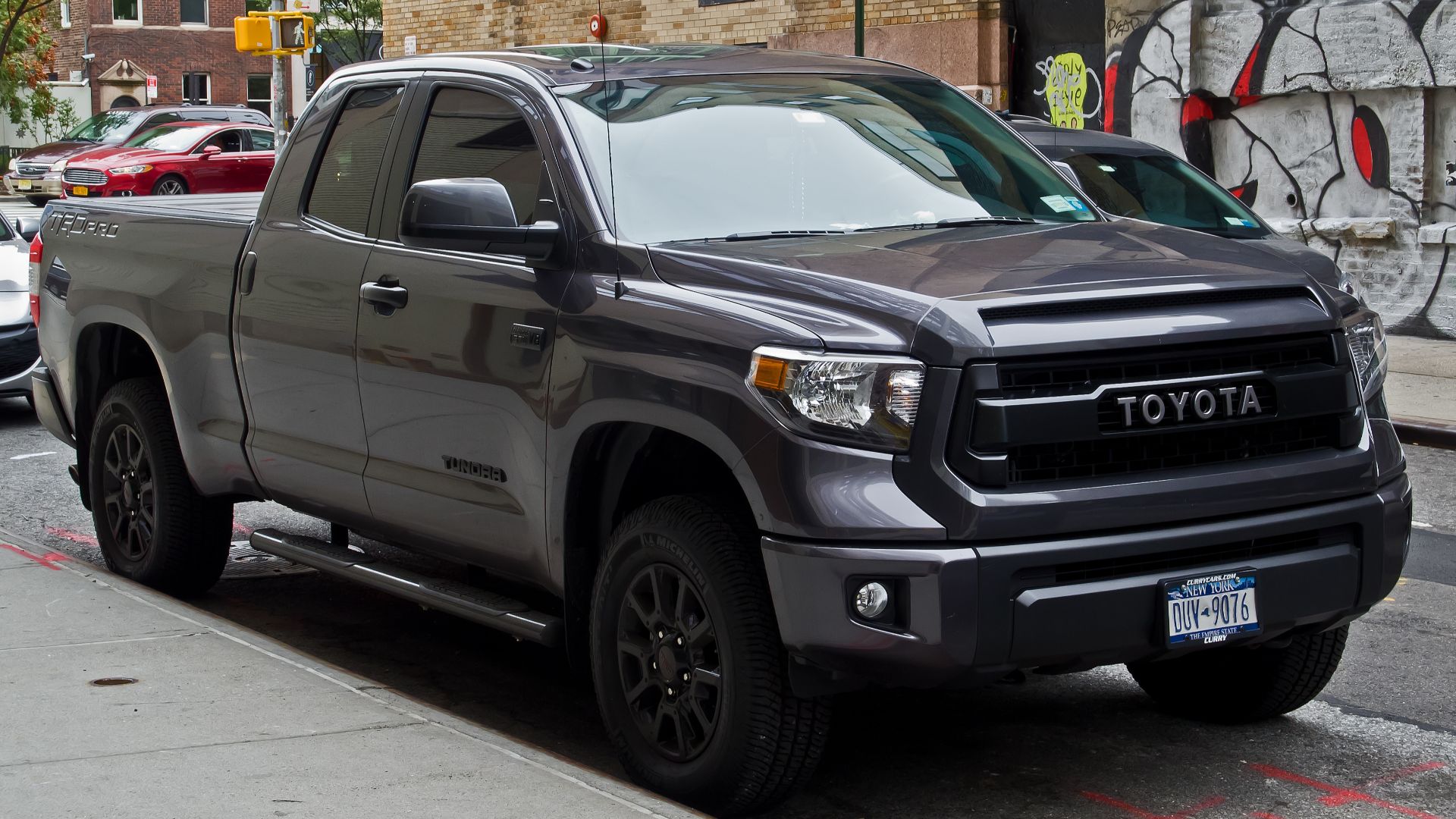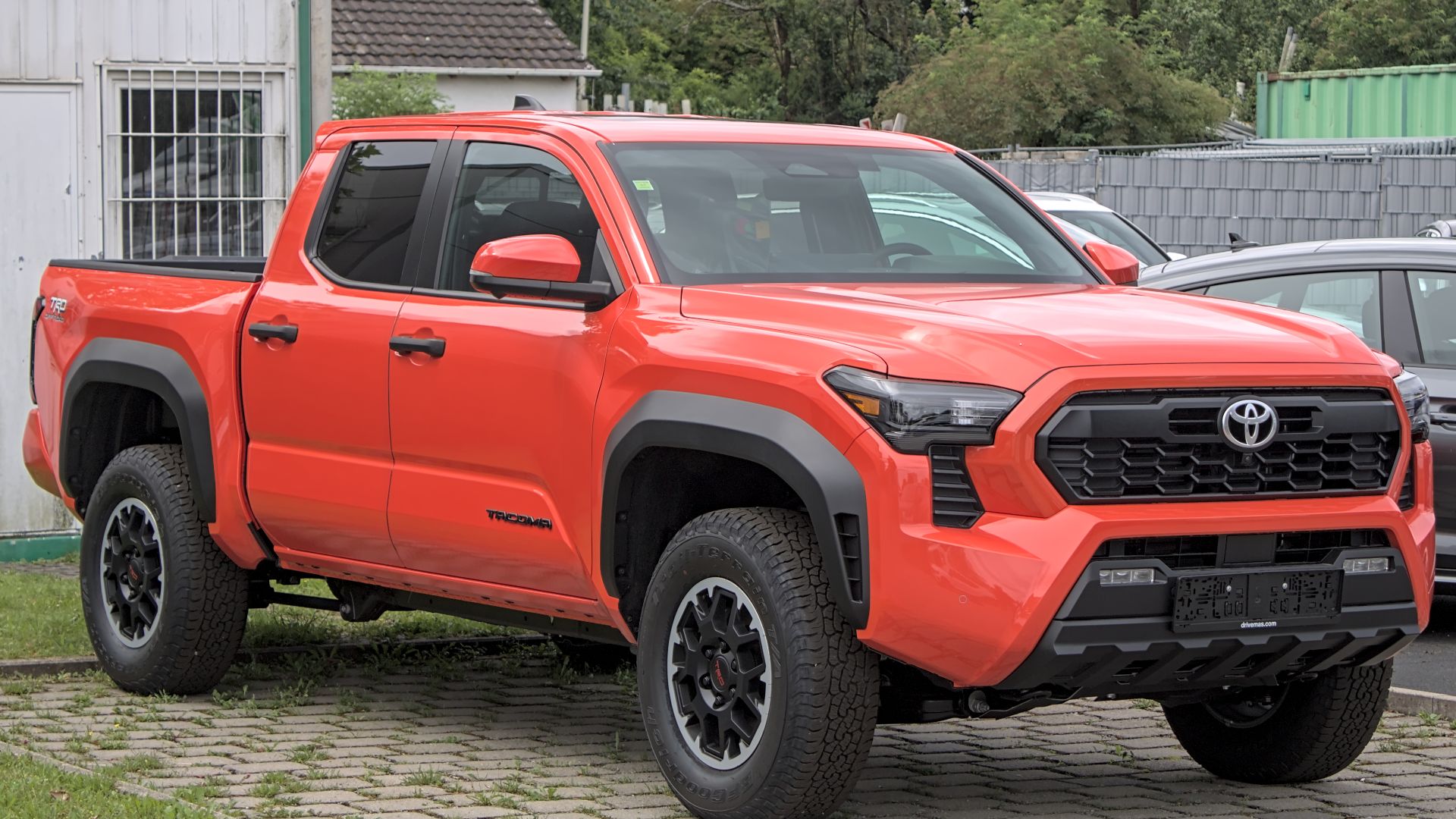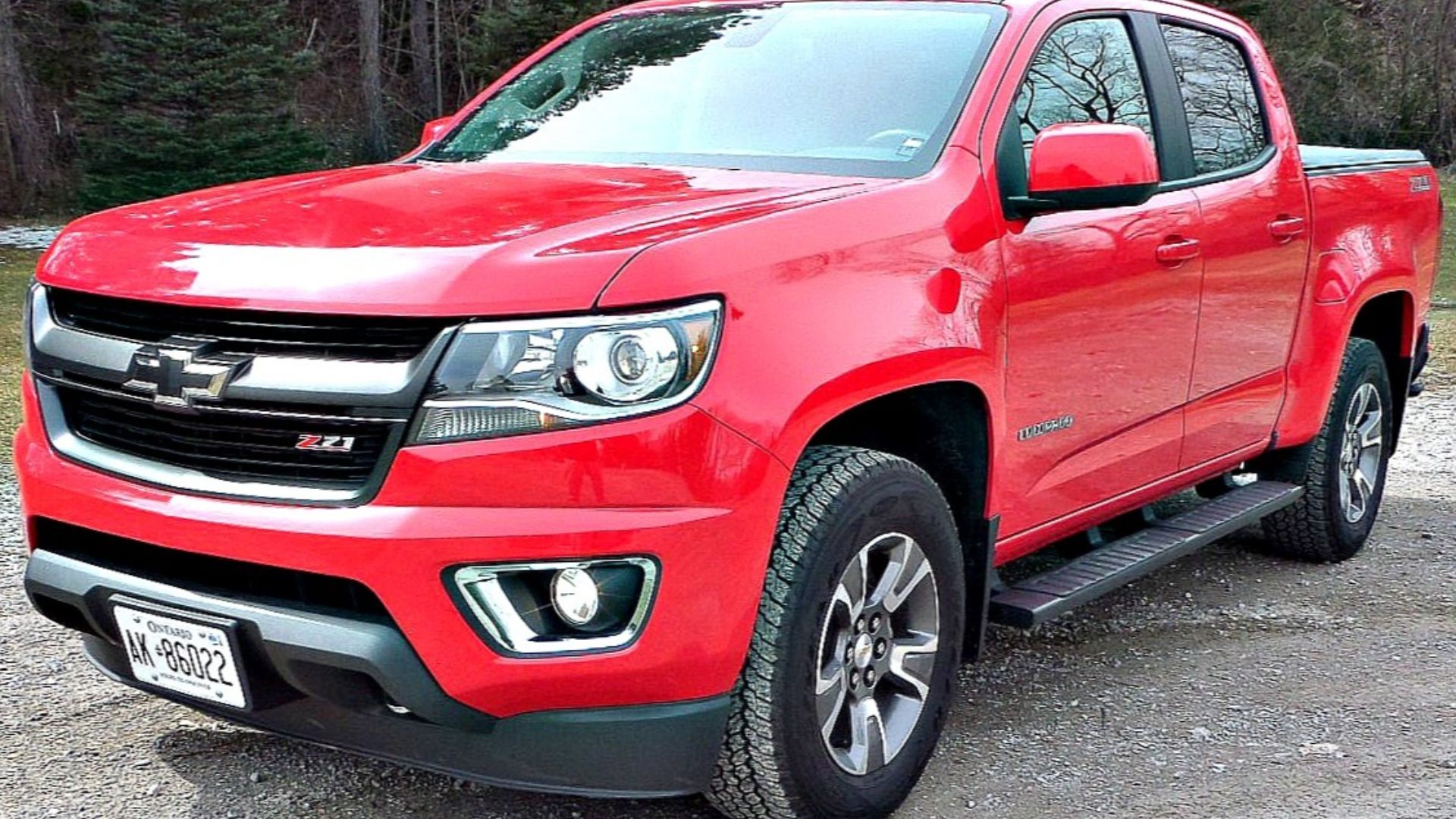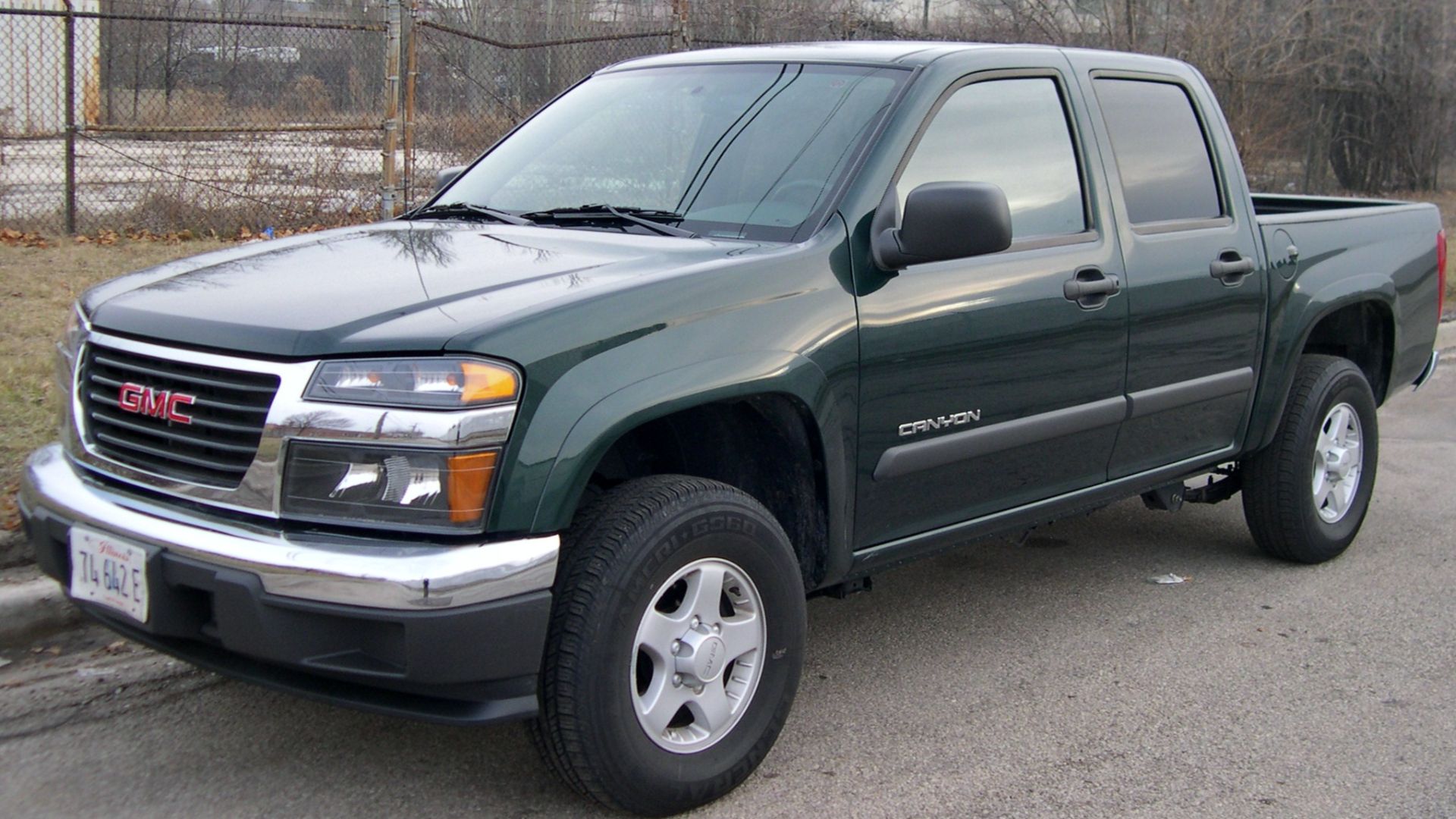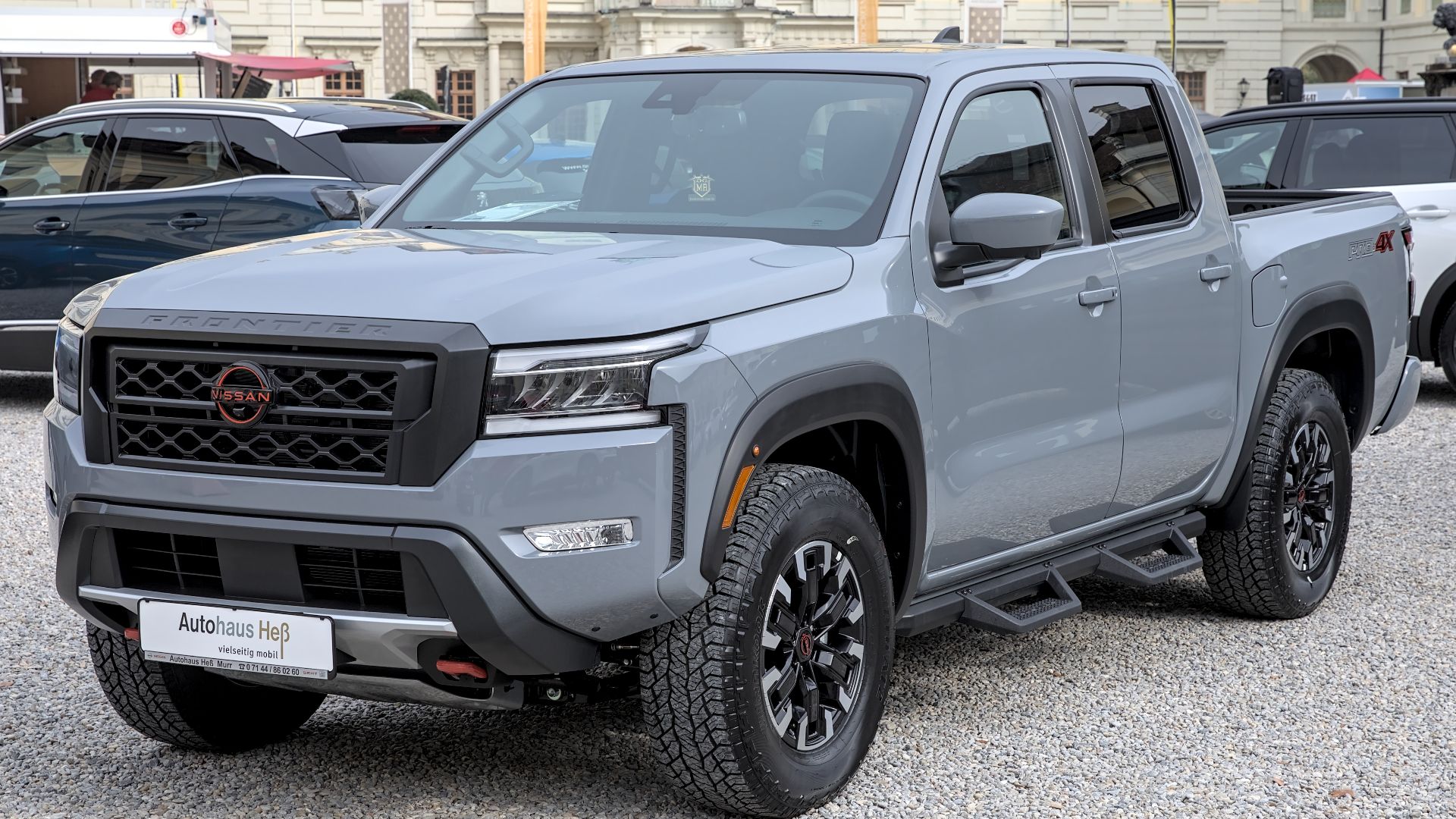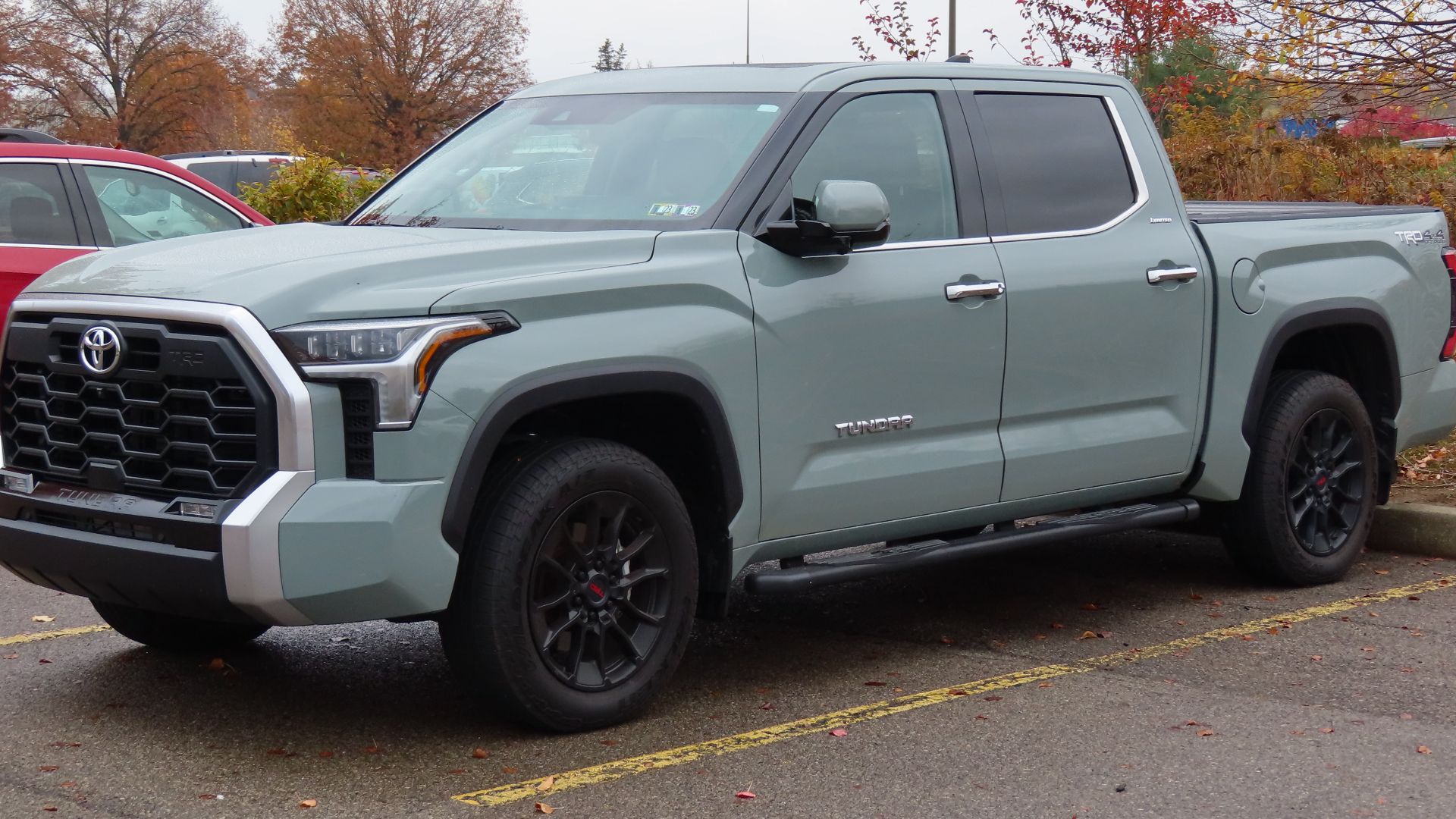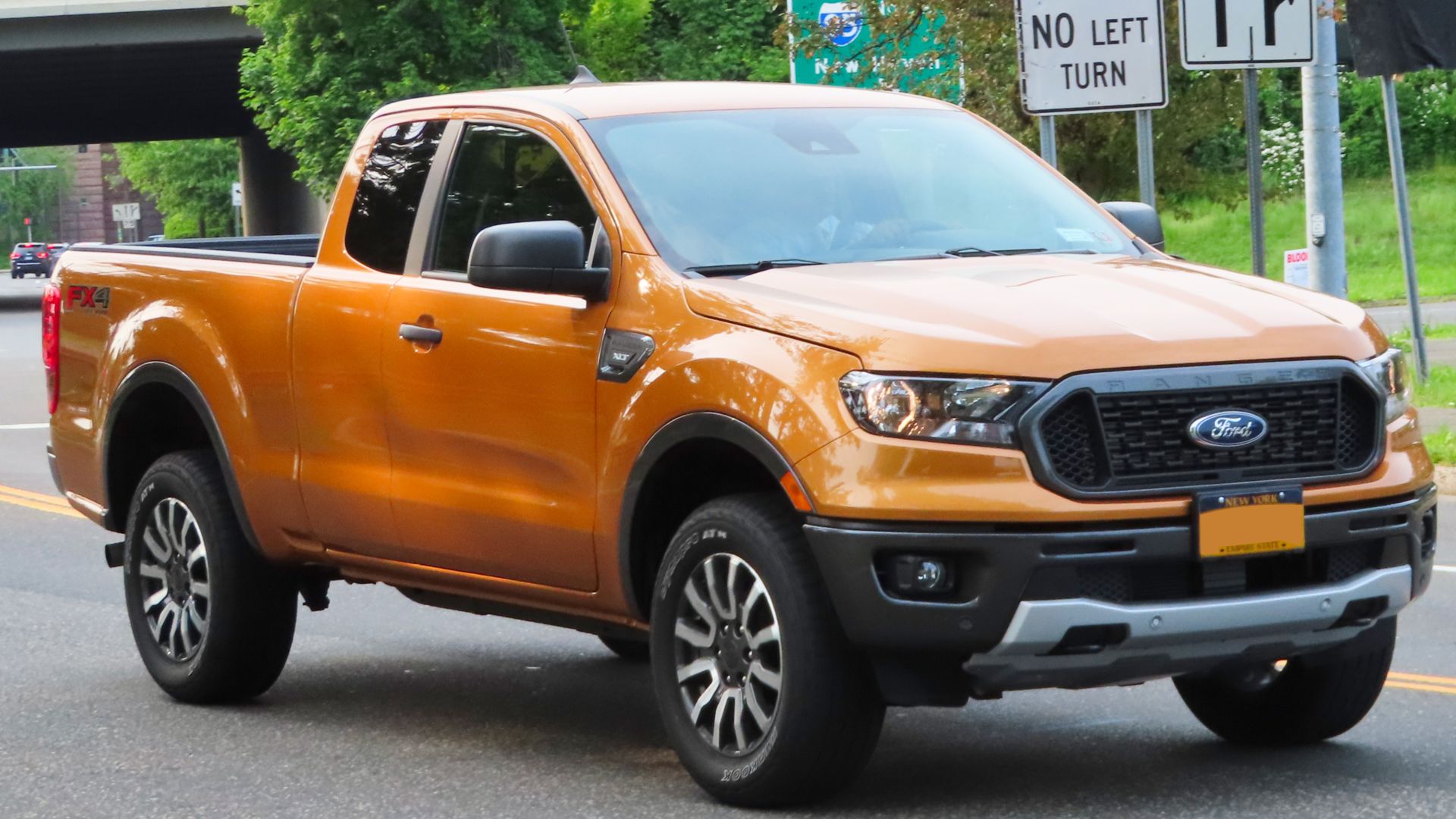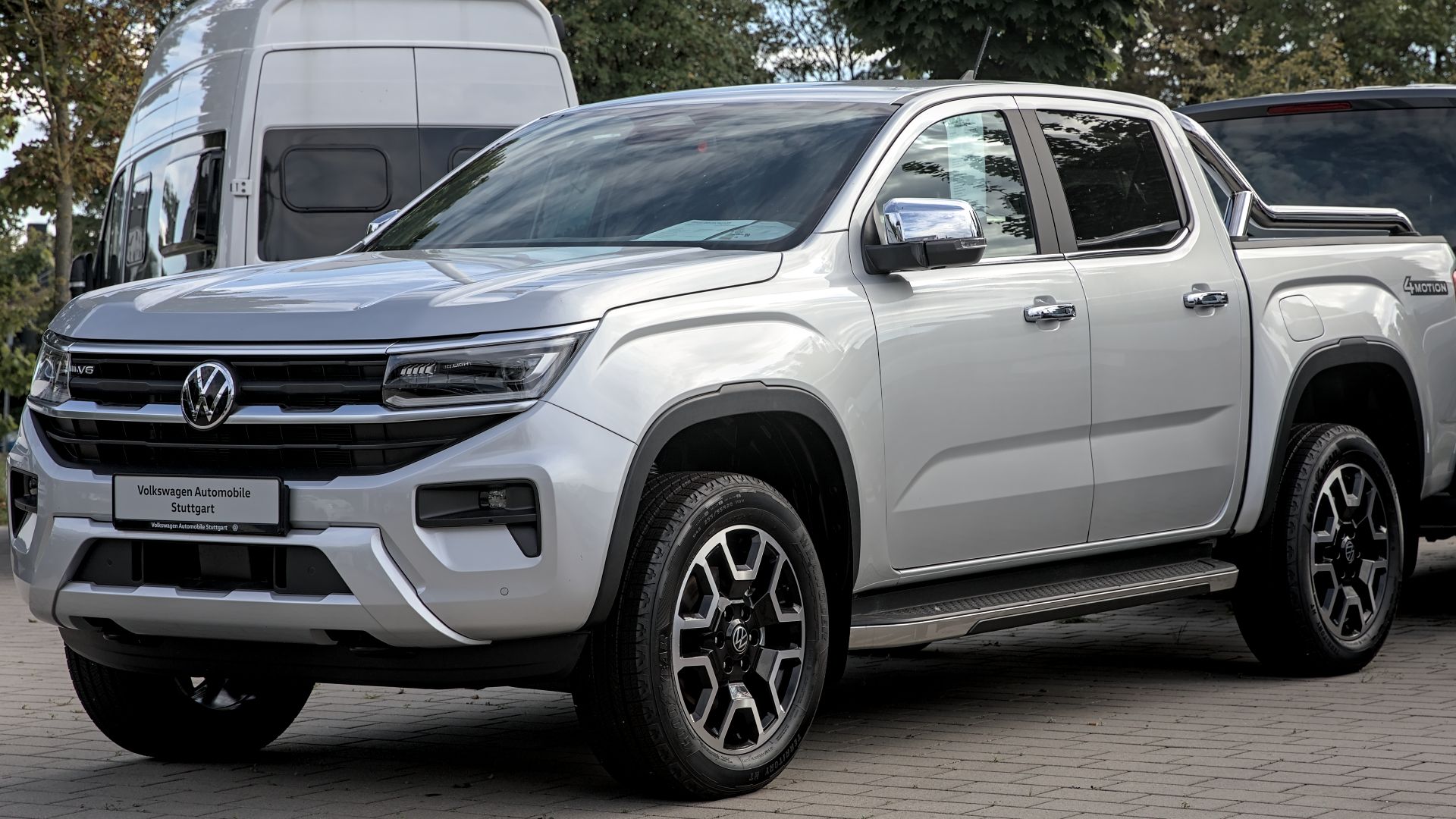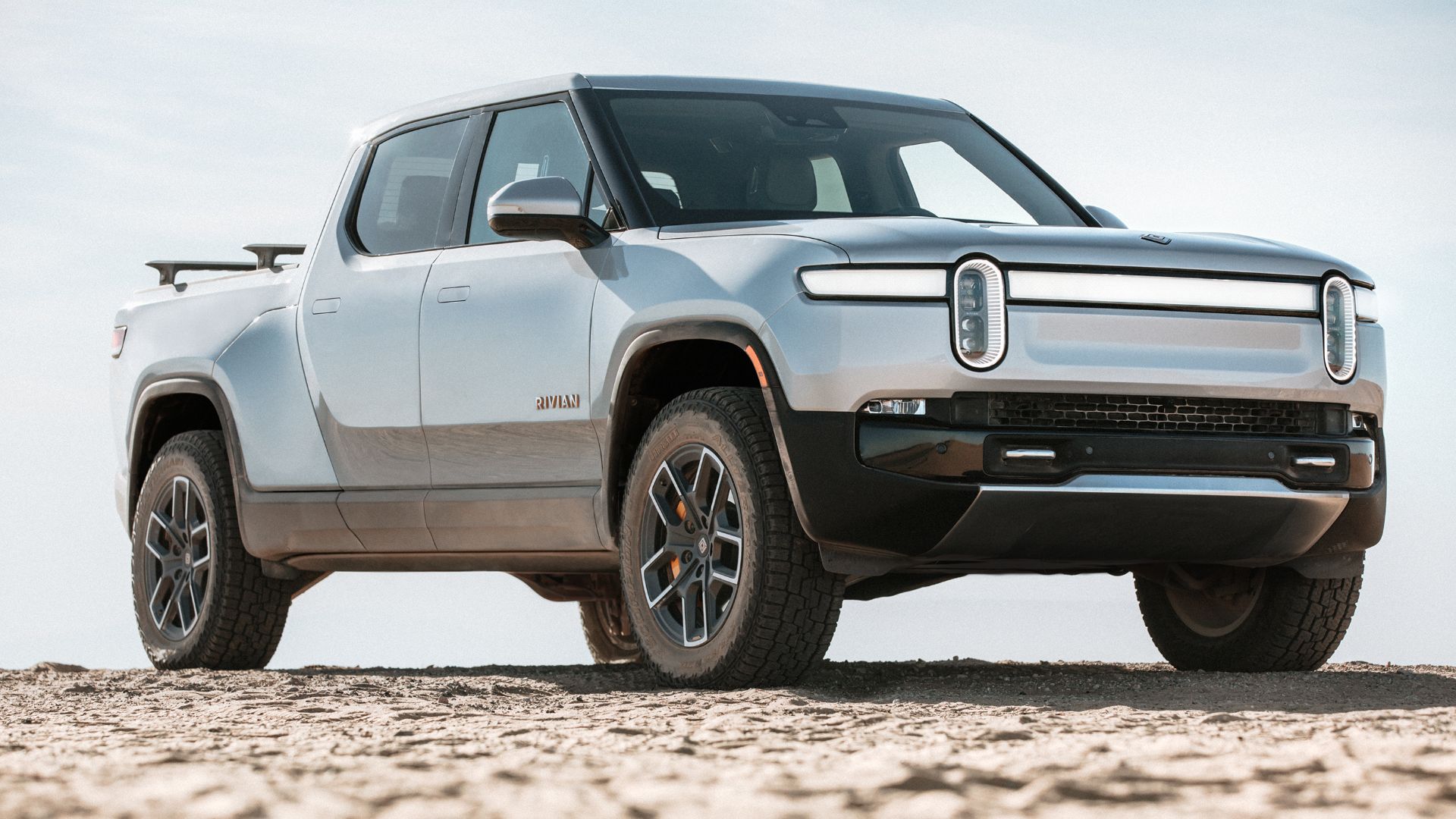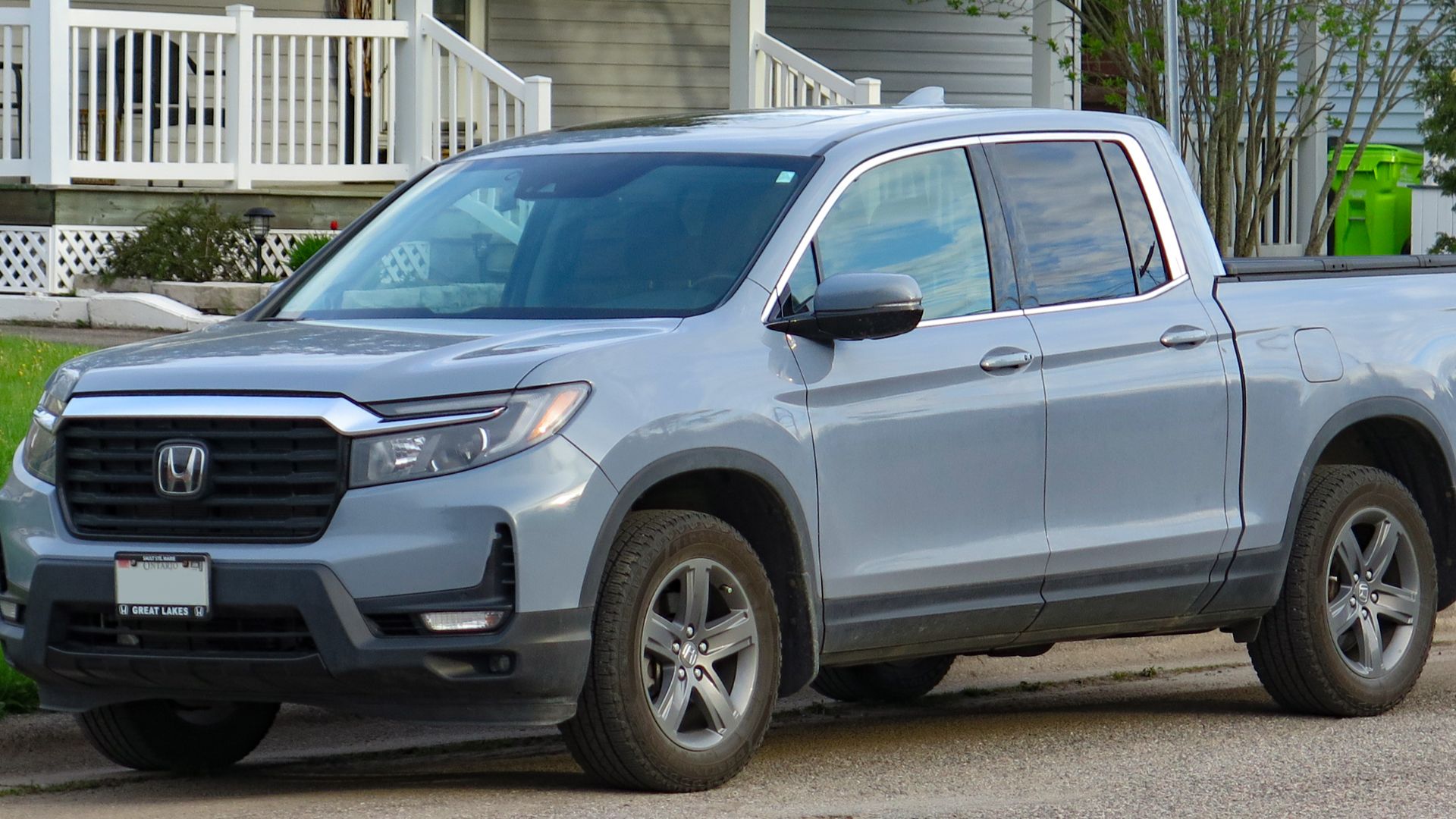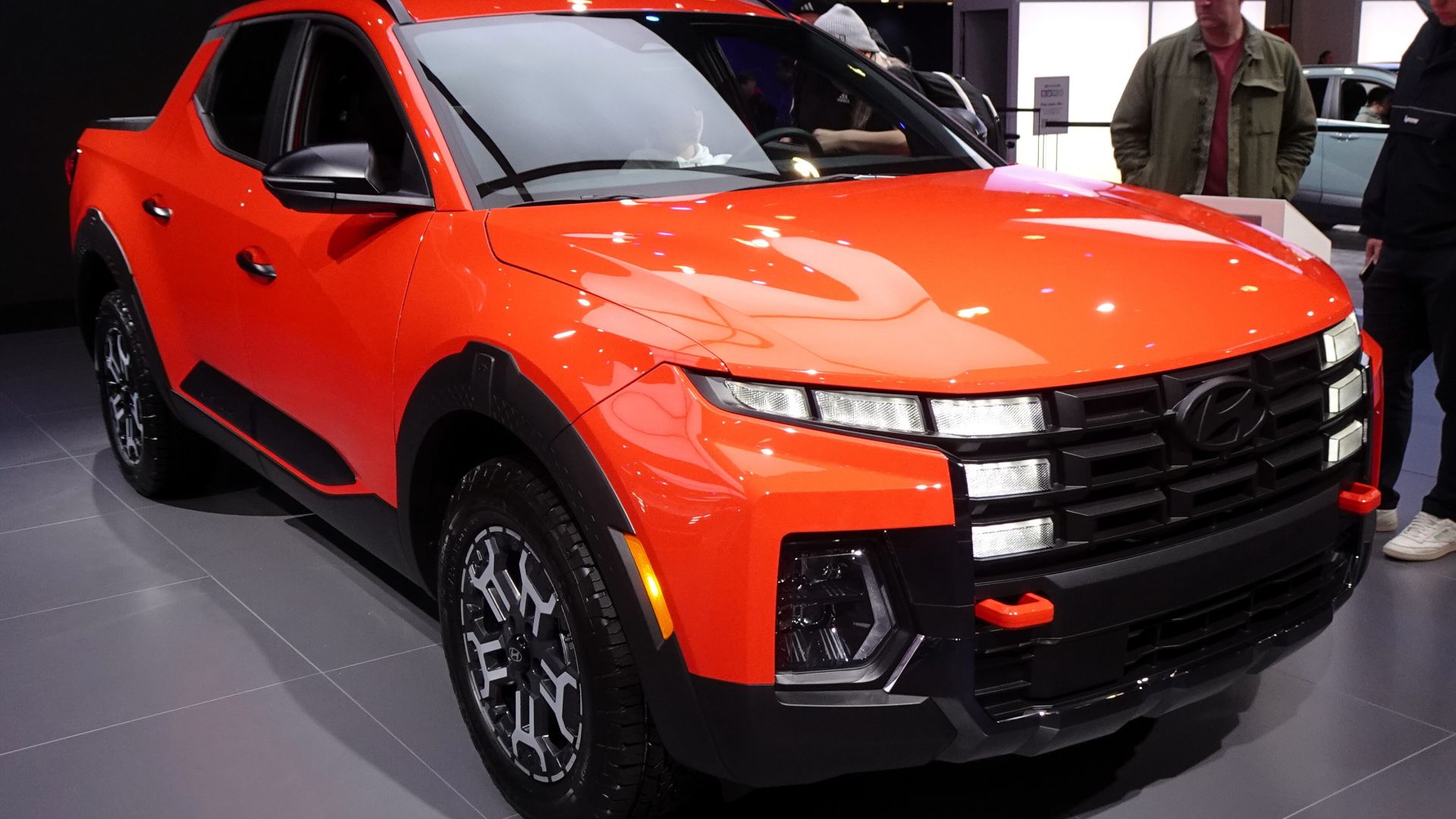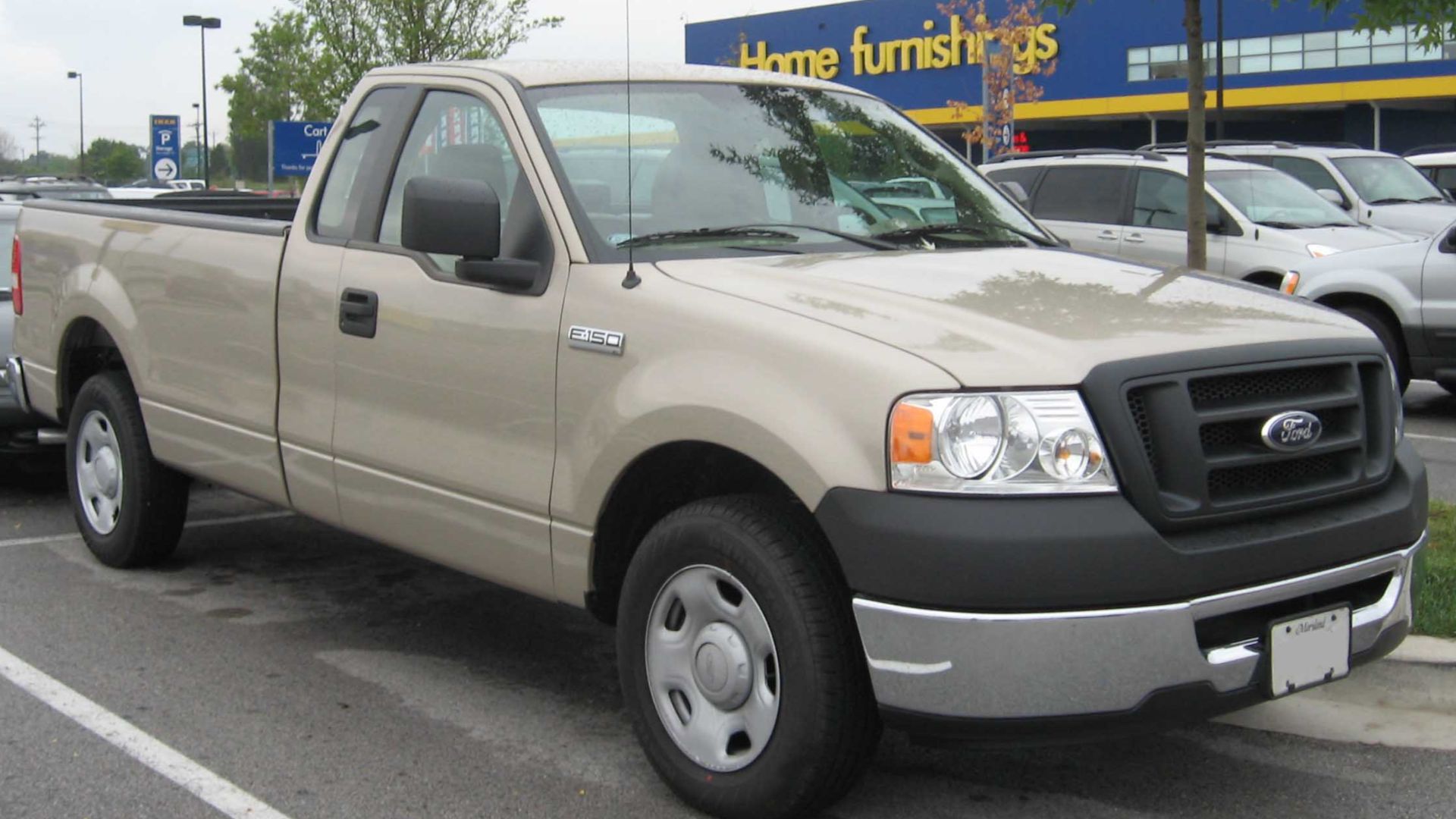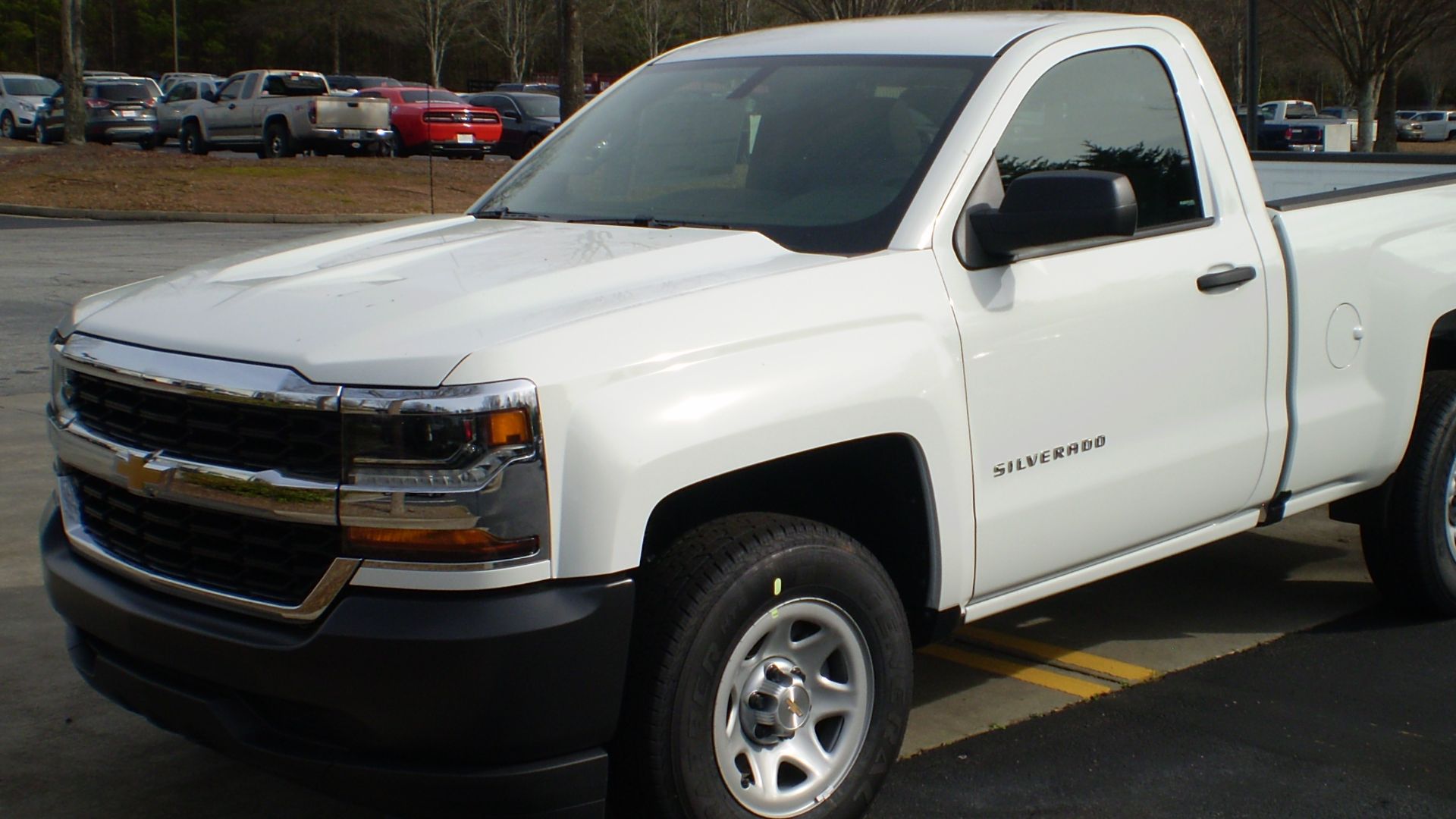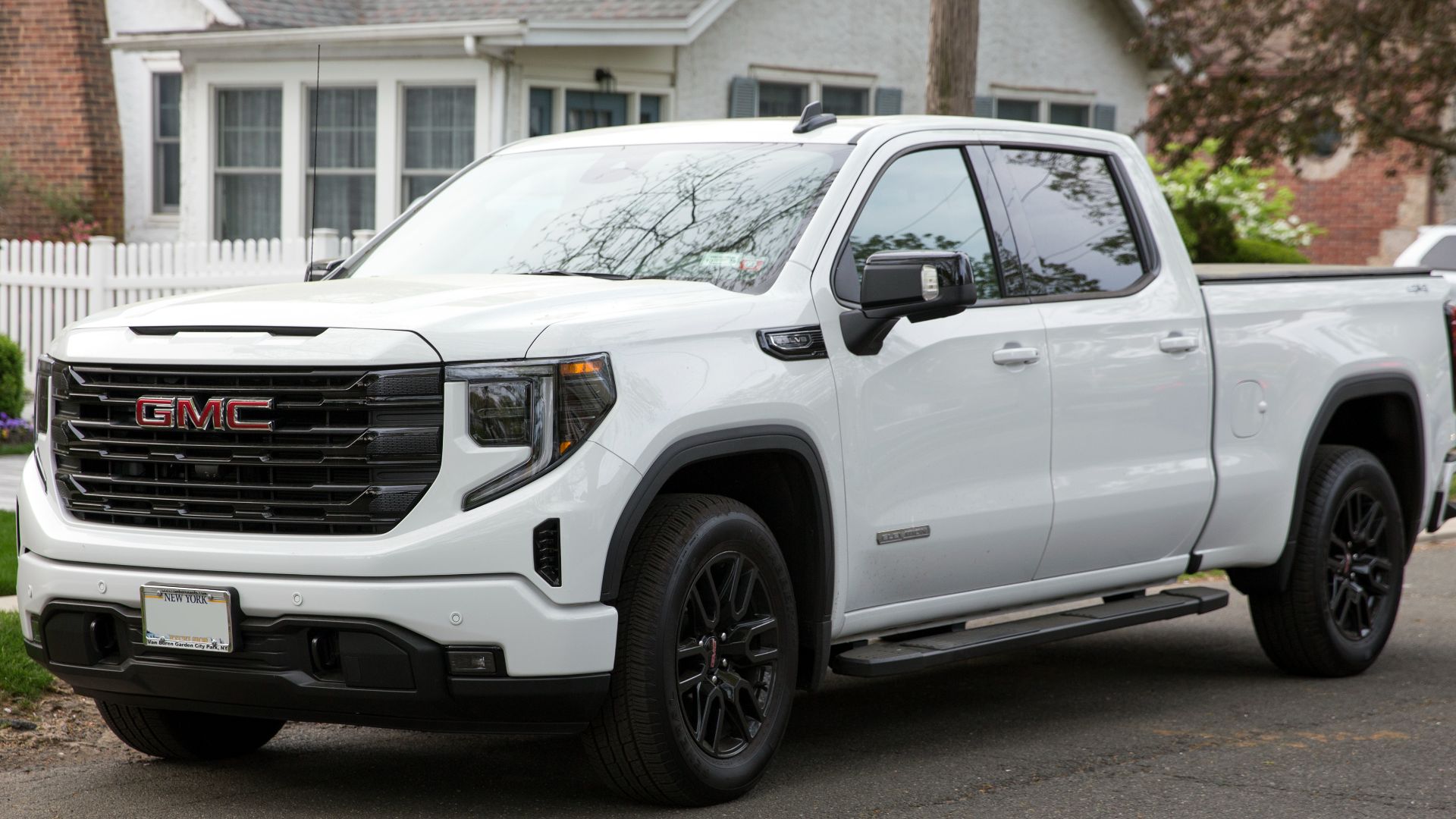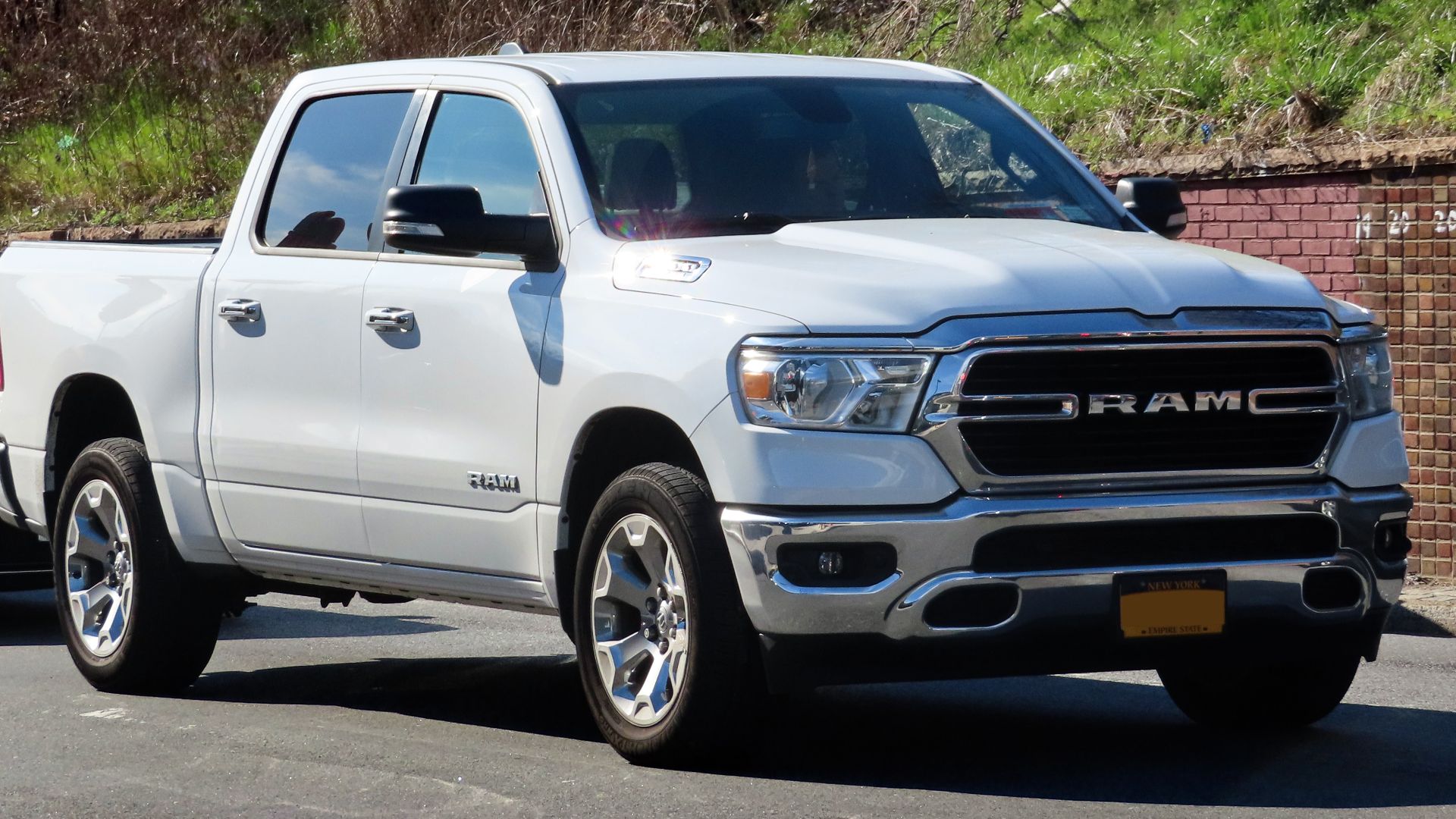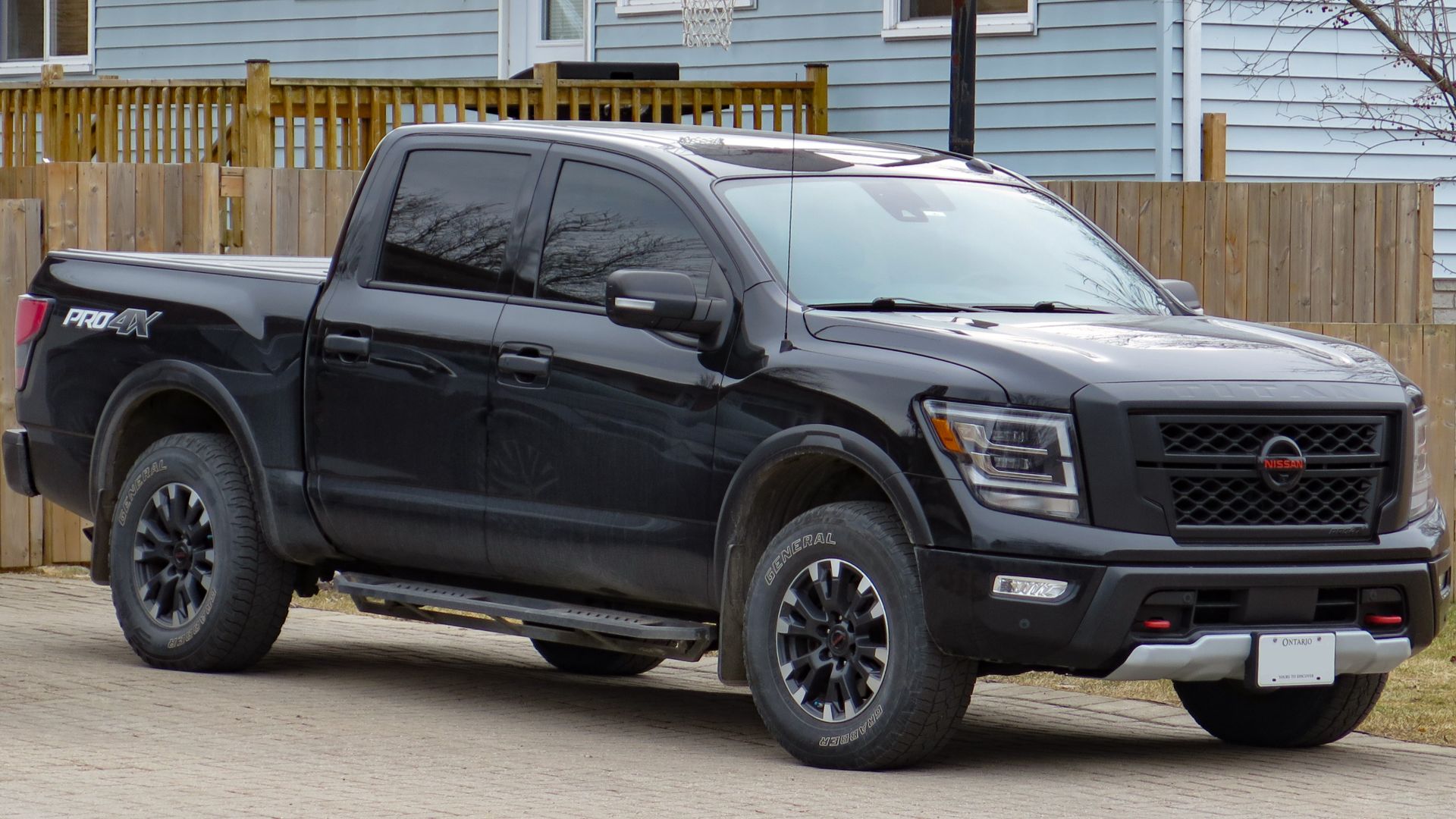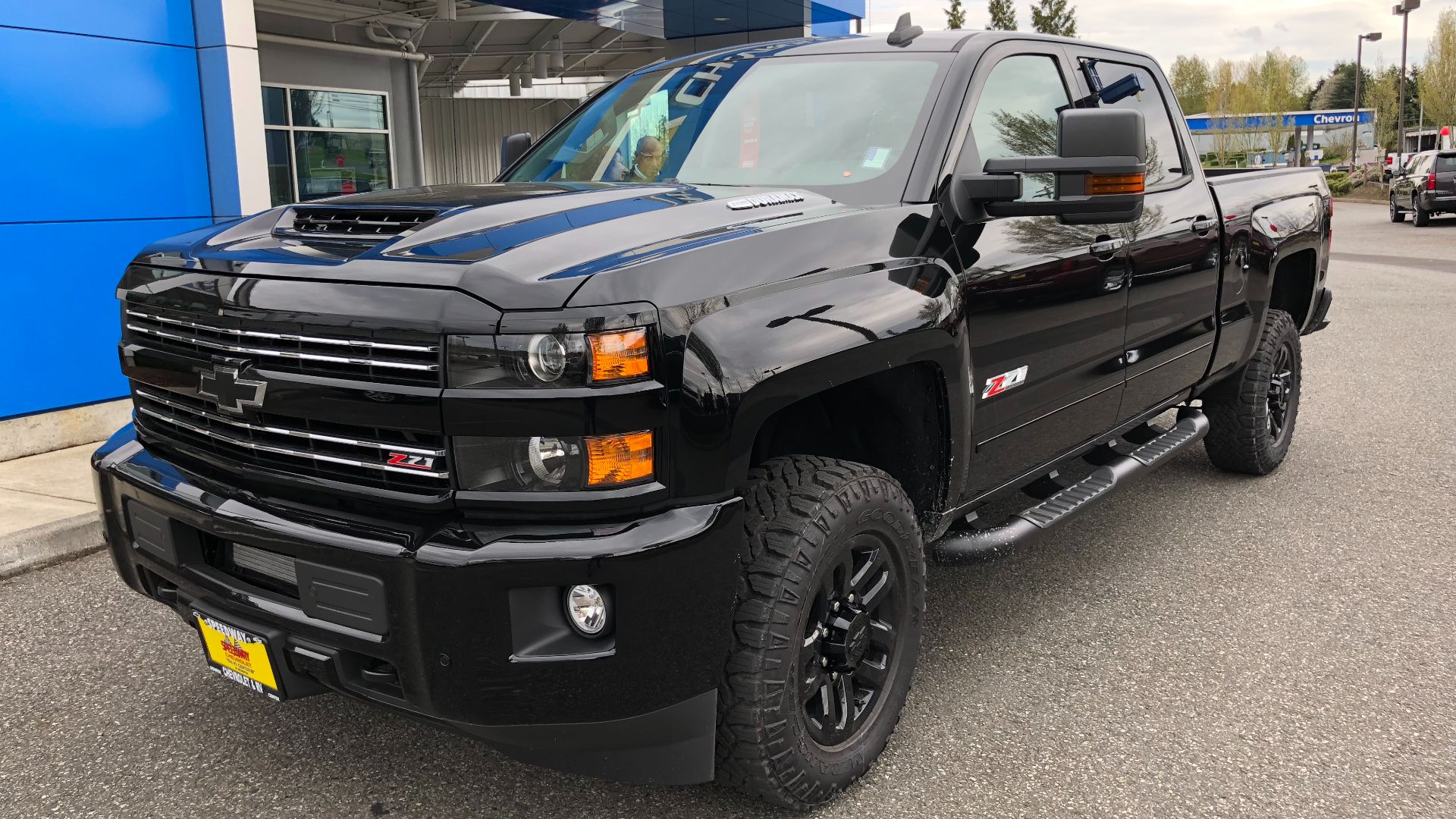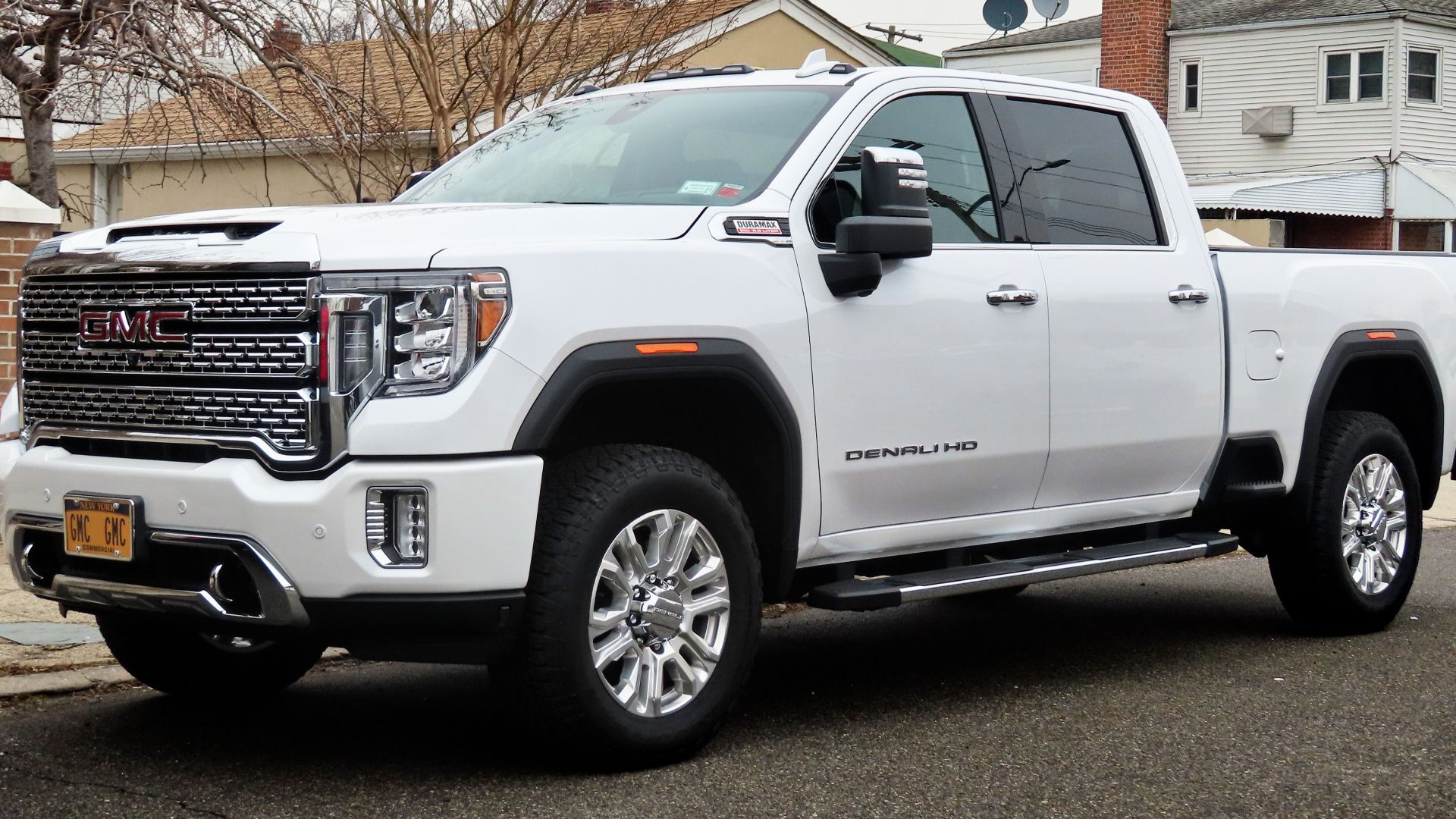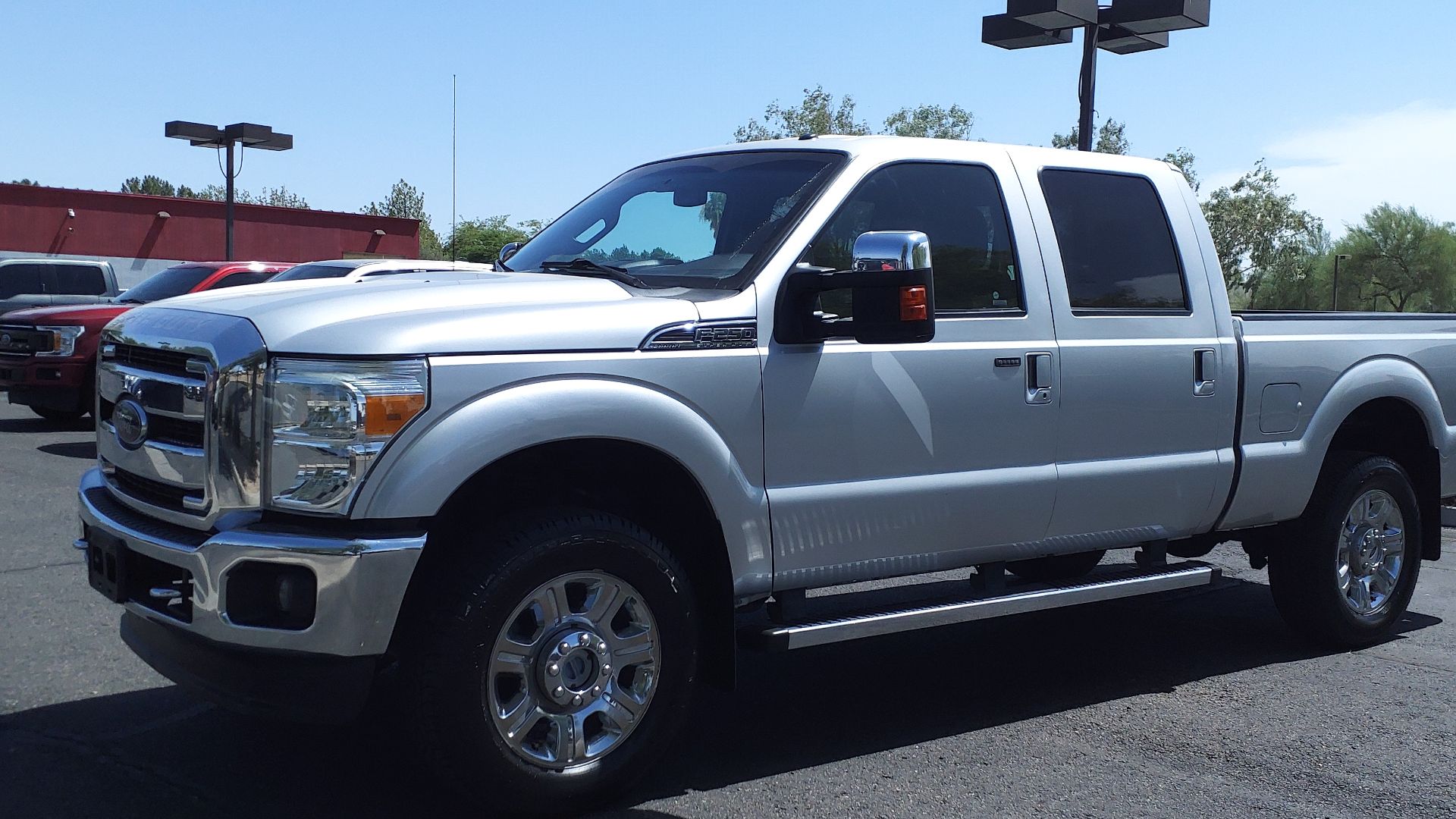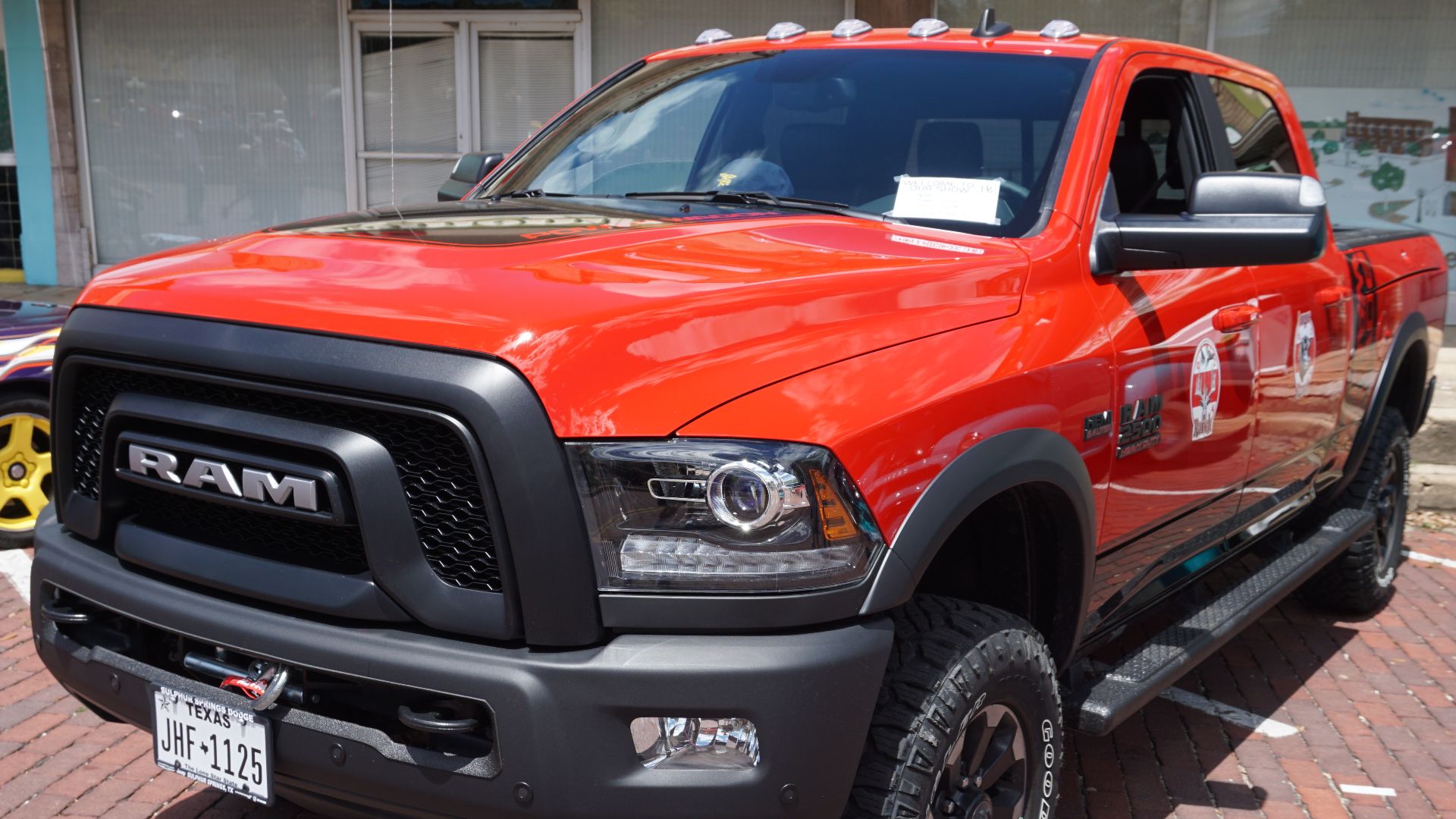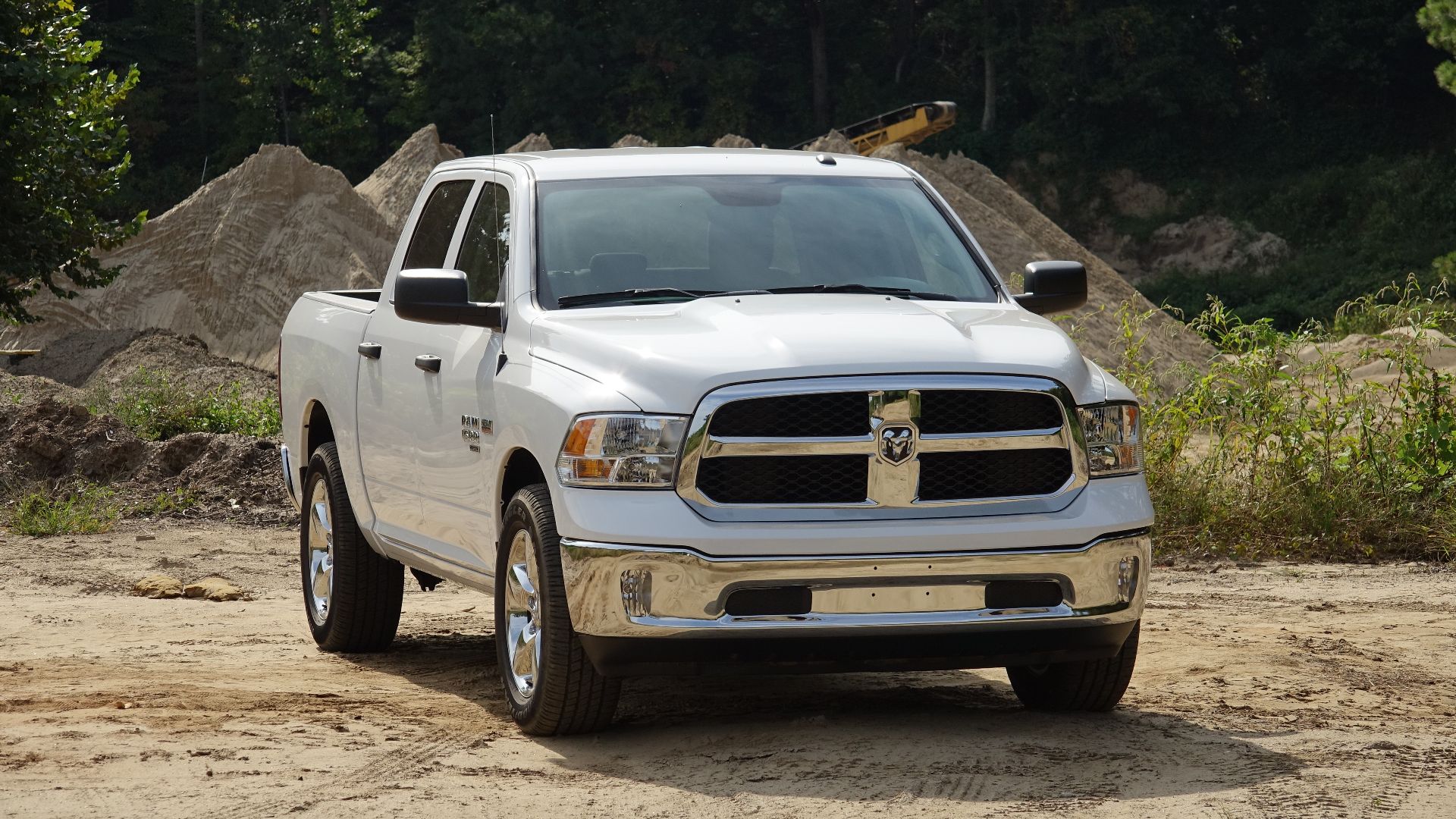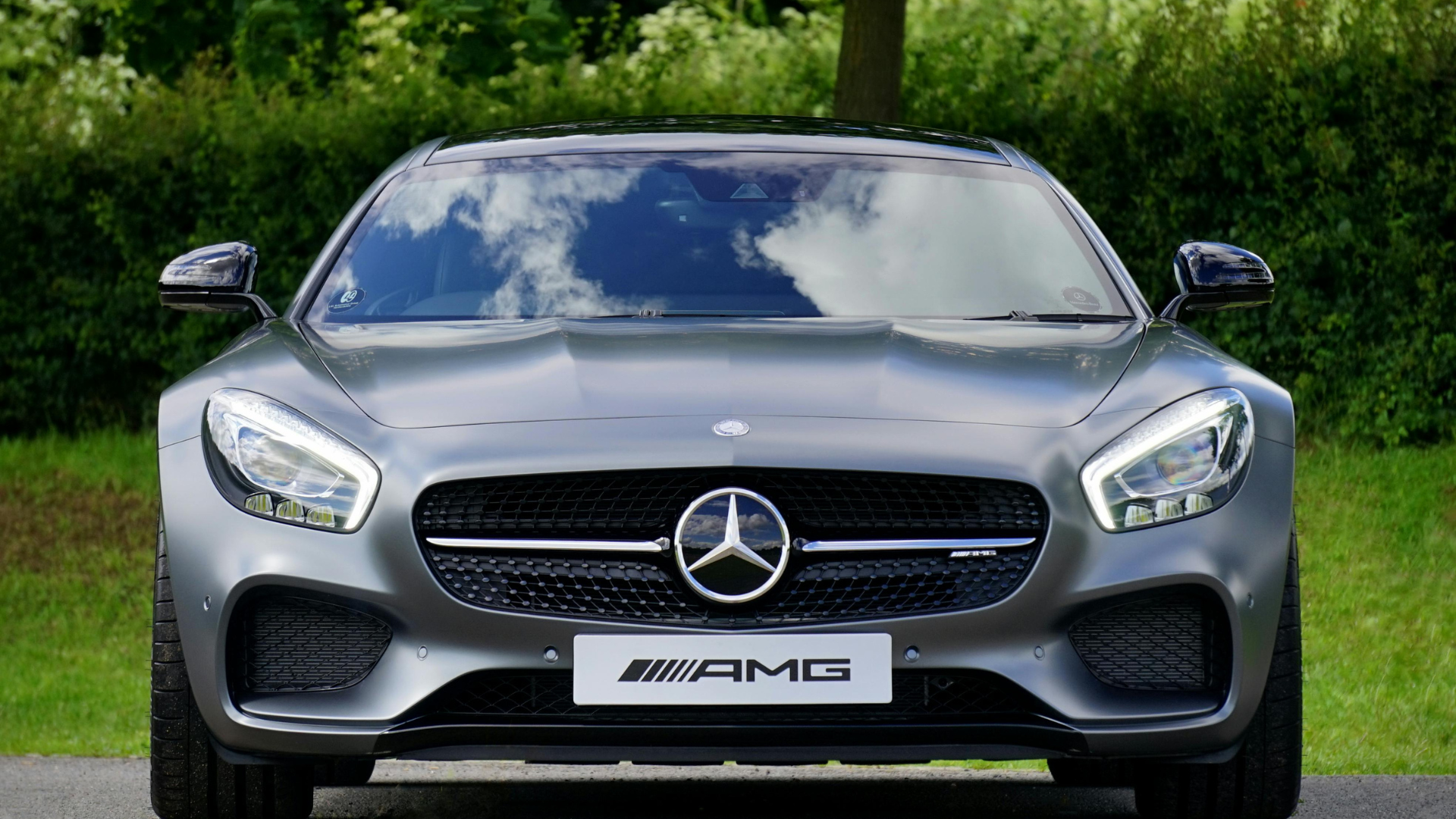Three For Thee
You've probably noticed that trucks don't seat people like they used to. Middle seats used to be the norm. However, automakers have traded that space for tech, storage, and style. For some, this might be a good thing, but for others, that extra seat is necessary. We'll get into both kinds of pickup trucks, but let's first start with those that have moved on from three-person seating.
1. Toyota Tacoma
The Tacoma debuted in 1995 and quickly carved out a name as a midsize workhorse. But despite its rugged charm, modern trim features bucket seats only. Rear seat utility became the compromise, especially in extended cab models favored by solo workers.
2. Chevrolet Colorado
Since its 2015 redesign, the Colorado has embraced front bucket seating across all trims. It targets urban drivers and off-road hobbyists. Eliminating the middle seat helped Chevrolet add higher dash clearance for airbag effectiveness and easier dashboard navigation.
3. GMC Canyon
The GMC Canyon mimics its sibling, the Colorado, by being luxury-laced but limited in layout. Every version sticks with dual front buckets. That choice differentiates the GMC from base work trucks, aiming at buyers who'd trade one seat for a more SUV-like ride experience.
4. Nissan Frontier
Launched in 1997 and refreshed heavily in 2022, the Frontier sticks to a tight two-seat front row. Even the base trims skip a center seat to favor bucket-style simplicity. This setup aids HVAC routing beneath the dash, where airflow components compete for space.
5. Toyota Tundra
Despite its full-size status, even lower Tundra trims offer no front bench. Since its 2022 overhaul, Toyota redesigned the interior with two big buckets and a console. That tradeoff prioritized features like the TRD-specific shifter location, which wouldn't work with a middle-seat cushion in the way.
6. Ford Ranger
Ranger was once known for bare-bones utility, but it now goes for comfort and cabin control. All modern Rangers, starting with their 2019 return, skipped the front bench. Ford integrated modular storage into the center instead. Drivers can now stow tools without touching the glove box space.
7. Volkswagen Amarok
Built for the global market, the Amarok reflects European interior preferences—tight and bucket-focused. You won't find a bench seat option, even in fleet variants. Volkswagen emphasized symmetry in cockpit design here, aligning the driver and passenger zones like they would in a Golf GTI.
8. Rivian R1T
Rivian's R1T skips front bench seating entirely and focuses on a premium cabin layout with floating screens and wide consoles. Its minimalist interior allows space for hidden storage solutions like under-seat compartments and a gear tunnel.
9. Honda Ridgeline
Built more like an unibody SUV than a ladder-frame brute, Honda designed the Ridgeline for crossover fans who occasionally need a bed. That meant preserving cabin quietness with wide consoles and under-armrest compartments instead of bolting in center-seat hardware.
10. Hyundai Santa Cruz
Straddling between pickup and compact utility, the Santa Cruz doesn't even try for three-across seating. Its cab is shaped like a Tucson inside, favoring driver comfort and touchscreen access. Hyundai used the saved space to angle cupholders and climate knobs toward the driver.
You've seen which trucks ditched the third seat. Now, check out the ones that held on.
1. Ford F-150 (XL, XLT, Lariat Trims)
America's best-seller still knows how to seat six. In XL through Lariat trims, a 40/20/40 split front bench comes standard or optional. That middle jump seat folds for storage or lifts for a passenger. Families hauling kids or gear love it.
2. Chevrolet Silverado 1500 (WT, Custom, LT, RST Trims)
Silverado trims like the WT and Custom keep bench seating alive with old-school utility. The center seat includes a built-in seatbelt and folds into an armrest when unused. It's a no-frills feature that feels rare today yet still earns loyalty from road-trip traditionalists.
3. GMC Sierra 1500 (Pro, SLE, Elevation, SLT Trims)
In GMC's Sierra lineup, bench seating shows up across trims with a focus on versatility. Elevation and Pro models especially benefit when cabin space doubles as an office or gear room. Plus, the front bench doesn't force you to sacrifice USB ports or storage bins.
4. Ram 1500 (Tradesman, Big Horn, Laramie Trims)
Across these trims, Ram preserves the three-person front row using a 40/20/40 layout. That center seat folds into an armrest with cupholders when unused. This setup appeals to long-haul drivers who rely on wide cabins for companionship and a break from console clutter.
5. Nissan Titan (SV Crew Cab)
The Titan SV Crew Cab includes a split front bench as standard, especially in base configurations. Nissan built this model with worksite usability in mind. Its center cushion can seat an adult or store safety gear underneath, a nod to job crews who travel together between locations.
6. Chevrolet Silverado HD (2500/3500)
Bench seating lives on in Silverado HD work trims. Designed for towing, these heavy-duty trucks let crews ride three-man-wide without sacrificing legroom. GM integrates the center belt directly into the seatback and keeps safety standards intact while delivering a no-frills option prized by farmhands.
7. GMC Sierra HD (2500/3500)
Sierra HD trims like Pro and SLE still offer bench seats for those needing maximum cabin utility. The fold-up center seat converts easily and makes room for clipboards and tool kits. In snowbelt states, one may prefer this layout for early-morning plow runs.
8. Ford Super Duty (F-250, F-350)
You'll find front bench seating in Super Duty XL and XLT models. That setup is often bundled with vinyl floors and minimal tech—easy to clean and hard to break. For anyone in boots and reflective gear, it's a daily necessity.
9. Ram HD (2500, 3500)
Ram's heavy-duty line keeps the center bench alive across several trims. Drivers hauling trailers or livestock often ride with two assistants up front. The space beneath the seat stores flares or gloves—small but vital gear no one wants rattling loose.
10. Ram 1500 Classic
A holdout from the previous generation, the Ram 1500 Classic exists partly because buyers demanded it. Its bench seat design draws fans in construction and fleet sales. This is one of the last half-ton trucks where the dashboard doesn't eat the entire front row.


